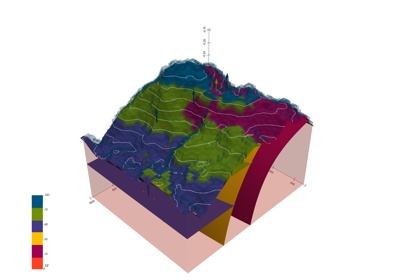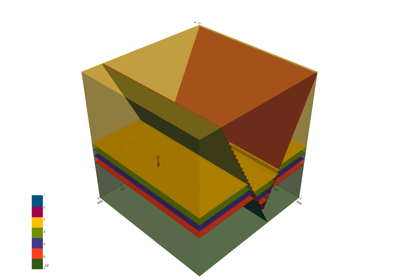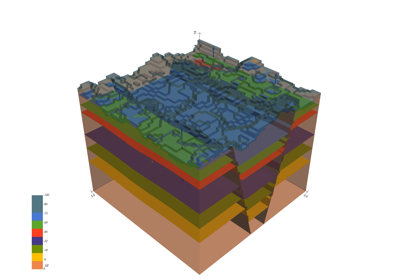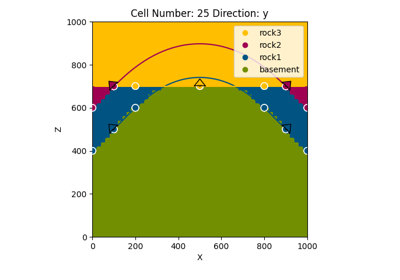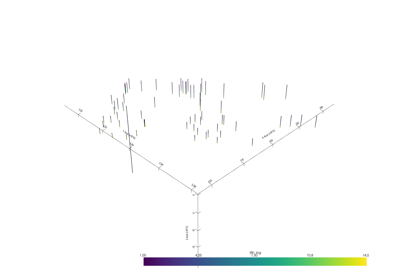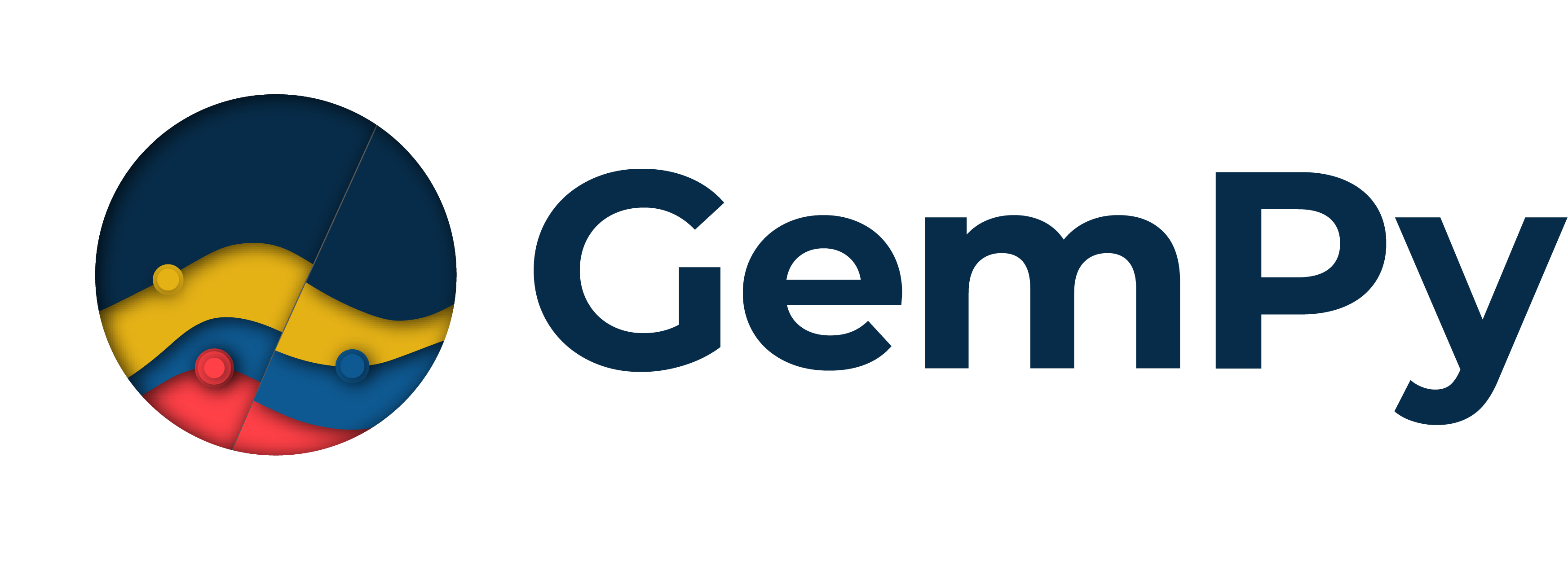gempy.compute_model¶
-
gempy.compute_model(model: gempy.core.model.Project, output=None, at: Optional[numpy.ndarray] = None, compute_mesh=True, reset_weights=False, reset_scalar=False, reset_block=False, sort_surfaces=True, debug=False, set_solutions=True, **kwargs) → gempy.core.solution.Solution[source]¶ Computes the geological model and any extra output given in the additional data option.
- Parameters
model (Project) – [s0] Container class of all objects that constitute a GemPy model.
output (str {'geology', 'gravity'}) – Compute the lithologies or gravity
at (np.ndarray) –
compute_mesh (bool) – if True compute marching cubes: [s1] Compute the surface (vertices and edges) of a given surface by computing marching cubes (by skimage)
reset_weights (bool) – Not Implemented
reset_scalar (bool) – Not Implemented
reset_block (bool) – Not Implemented
sort_surfaces (bool) – if True call Project.set_surface_order_from_solution: [s2] Order the surfaces respect the last computation. Therefore if you call this method, after sorting surface_points without recomputing you may get wrong results.
debug (bool) – if True, the computed interpolation are not stored in any object but instead returned
set_solutions (bool) – Default True. If True set the results into the
Solutionslinked object.**kwargs –
- Keyword Arguments
compute_mesh_options (dict) – options for the marching cube function. 1) rescale: True
- Returns
Solutions




